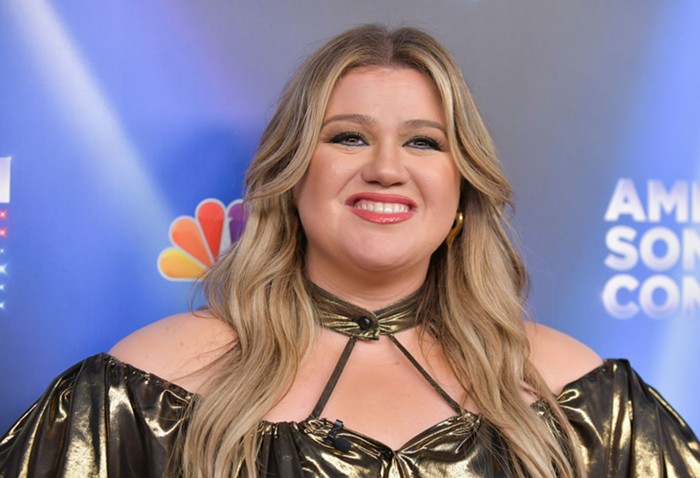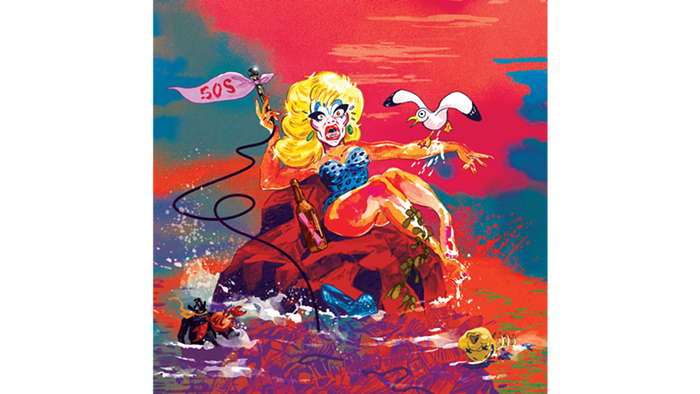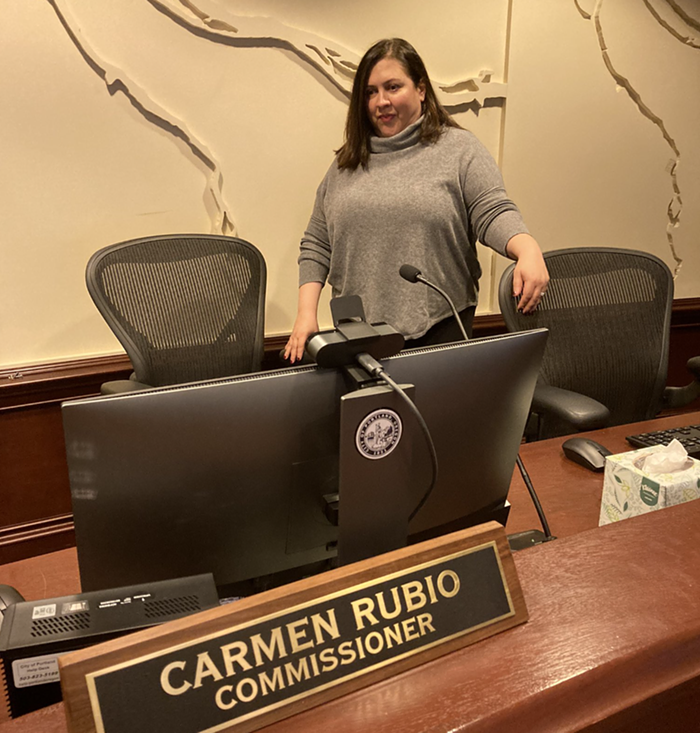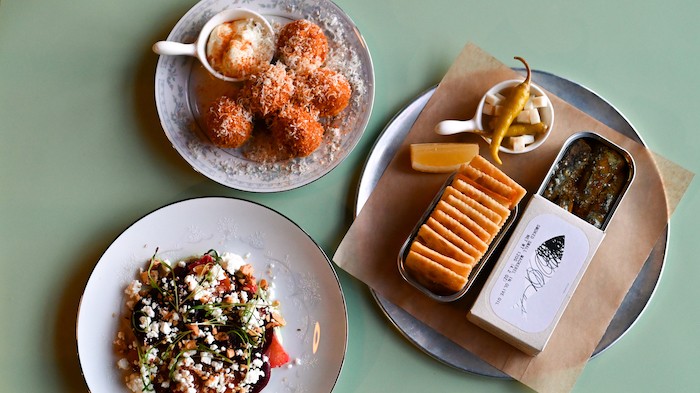After 18 or so months of mostly loggerhead talks involving industry advocates and Oregon Liquor Control Commission staffers, Commissioner Amanda Fritz's controversial plan to ban sales of malt liquor and fortified wine in downtown, Old Town, and Goose Hollow might finally be decided by the OLCC board this fall, the Mercury has learned.
But it's unclear whether the board will approve the plan for Oregon's first "alcohol impact area"—or if the OLCC, thanks to a potential challenge (PDF) filed by a 7-Eleven franchisee, even has the ability under Oregon state law to create such a zone. In both cases, that would mean close to two years of work by Fritz's office and the city's Office of Neighborhood Involvement was for naught.
The Mercury last reported in October that talks over the ban were stretching far longer than anticipated. The city's vision for the ban targets beer containing at least 5.75 percent alcohol or sold in cans 16 ounces or larger, and wine sold in boxes, jugs, or "fortified" with spirits. (Microbrews and fancy fortified wines like vermouth are exempt). But grocery and alcohol industry lobbyists, finding some sympathy from OLCC staffers, are pushing merely for a black list of troublesome products, akin to what's done in Washington state.
The debate re-emerged in an exchange of letters between Fritz and OLCC Director Stephen Pharo obtained this week by the Mercury. In a letter (PDF) sent April 30, Fritz complained that the OLCC was taking too long to make grocery and alcohol industry advocates happy and asked that the commission vote as soon as possible on the city's version of the plan.

Pharo sent a letter (PDF) back to Fritz on May 8 that granted her wish, saying such a vote could come as soon as the end of October. The city voted to ask the OLCC for an AIA back in September 2010, and the OLCC agreed to look into it in December of that year.

Pharo's timeline might be wishful—not least because OLCC officials say they still don't know when that "affirmation" Pharo refers to might actually come.
That became in issue in January this year after Salem attorney Nathan Rietmann, representing Sandeep Parmar, owner of the 7-Eleven at SW Fourth and Taylor, filed a petition for a "declaratory ruling" that challenged the OLCC's ability under state law to create alcohol impact areas.
OLCC administrative rules adopted in the 1990s, staffers say, allow for AIAs in Oregon cities larger than 300,000 people. But Rietmann says nothing in Oregon Revised Statutes spells out that power and also argues that even if the rules are valid, Portland and the OLCC didn't follow them.
"They've just given themselves that authority," Rietmann told me. "But if you take a look at the statutes, I don't think that authority is truly there."
Jennifer Huntsman, the OLCC's rules coordinator, confirmed that Rietmann's filing persuaded the OLCC to check in with the state Justice Department—just in case. She said the attorney general's office blessed the idea for AIAs when rules were first drafted but that "it's old advice." Huntsman also said she has no idea when the AG's office might issue a finding.
"The commission became aware that industry was challenging this," she says, "so they sent the question down again."
The back-and-forth was news to some of the industry insiders who'd been following the AIA debate. Even they'd been waiting for some kind announcement.
"I was wondering what was going on," said one. "I haven't heard anything in months."












